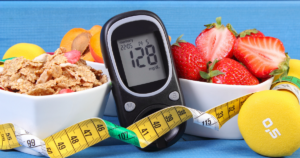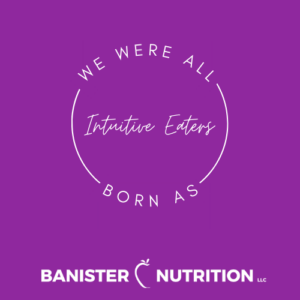I don’t know about you, but sometimes 24 hours a day is just not enough. With school and work, some days I struggle to find the time to eat nourishing meals because I don’t have the time to make a meal and any prepared options are usually not the best choices. I started meal prepping can help free up some time during the week by cooking meals ahead of time!
Set a Day for Meal Prepping
First, set a designated day to cook your meals. I like to cook on Sundays and Wednesdays making meals for three to four days so I don’t get tired of the same meals every day. Also, most of the time food only says good for about three to five days or so. This is also a great way to get the family into the kitchen. Getting kids to help out can spark their interest in healthy food and cooking. Plus, they are more likely to eat the food that they helped cook.
Plan Your Meals
Once you have set a day to make your meals, plan what you are going to make and write a list of food you need to get at the grocery store. Planning your meals in advance can help make grocery shopping much easier as you already know what to get. This way you only need to go to the grocery store once a week. When planning your meals, think about ingredients that could be cooked in multiple ways. For example, you can make spinach into a salad, put it in some soup, or sautee it with other veggies!
Don’t limit your meal prepping to just lunch and dinner. You can save time in the morning by portioning out your smoothie ingredients in mason jars or pre-making pancakes and cut fruit for an easy breakfast for the kids.
Having pre-made snacks make it easy for you to grab and go. Cut up and portion fruits and veggies! Portion out cheese, lunchmeat, and crackers for homemade Lunchables! Pre-package trail mix or cereals! The combinations are endless.
Be Efficient
Utilize your kitchen to the max!
- Make sheet pan meals by roasting multiple items on the same sheet pan. That’s one less dish to wash at the end of the night!
- Multi-task. Whether that be boiling some pasta while sauteeing some greens or baking chicken and roasting potatoes, make use of your time cooking.
Portion Out Your Meals
After making all your meals, portion out your meals. This makes it quick and easy to grab your lunch when you are on your way out the door! If you don’t have enough room in your refrigerator, pack your lunch and dinner the night before so you have it ready to go in the morning.
Mason jars are a great way to put salads in. Place your dressing in first and then put hardier vegetables like chickpeas or tomatoes or protein. That way your salad is not soggy when you eat it. It’s also great to use if you want instant noodle soups. Just cook your favorite noodles and shock them in ice water before adding it to the mason jar with other ingredients you want. Add miso, tum yum paste, a bouillon cube, or any other soup flavoring. When you are ready to eat, just add hot water and let it sit for a couple of minutes. And voila you have soup!
Freeze It
If you want to meal prep way far in advance, you can freeze the extra meals you made. You can marinate meat, cook vegetables, or make soup and freeze it! Making and freezing family meals can be a huge time saver when you are running short on time to make dinner. You can make lasagna, oven bakes, or casseroles in a disposable pan and freeze them until you need them.
Fast food can be healthy. Meal prepping may require taking some time out of your week, but you can have ready to eat meals that you know are nutritious! You can make it as easy as you want it by simply putting everything in the oven or have fun making different meals. Not only does it save time during the weekdays, but it can save you money and unnecessary stress. Try meal prepping this week and comment below how you did it!
AN
 your body burn calories.
your body burn calories.


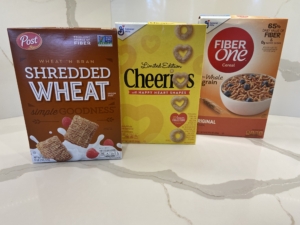
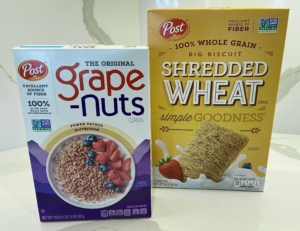

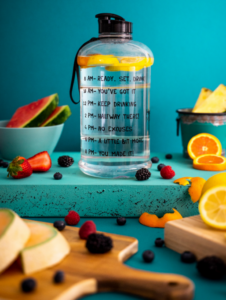 st first. I know it’s tempting to grab the freshest one however when it comes to food waste we’re doing ourselves a disservice for minimal flavor difference.
st first. I know it’s tempting to grab the freshest one however when it comes to food waste we’re doing ourselves a disservice for minimal flavor difference.

